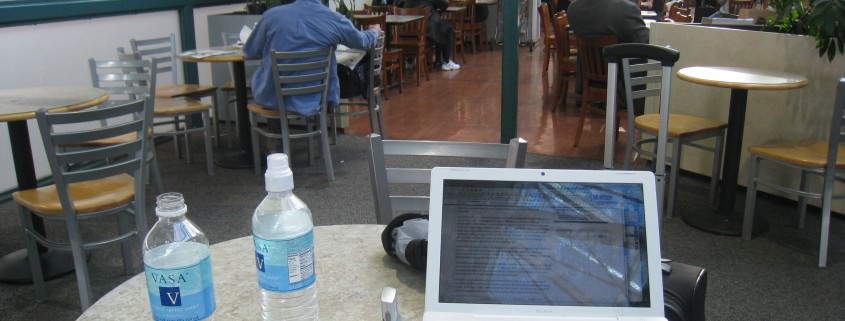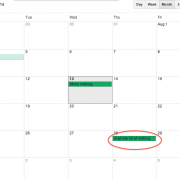Responding to Comments on Yelp? The Reviews are Mixed
In the age of the smart phone, we’ve come to expect to be able to get a message out to anyone at any time – and perhaps even get an immediate response. Some would even say this principle of instant communication has begun to apply to reviews on Yelp.com; if a customer can post a review before he or she even pays the bill, some would even go as far as to argue that the owner (or another member of the bar or restaurant staff) could, in theory, just as easily read and reply to that review within the hour. If the situation is really that dire for business owners, of course, then running a restaurant just got a lot more difficult – unless owners and managers are willing to hire someone whose sole responsibility is to handle such matters – and, so, of course there are companies that offer exactly that service.
Not so fast. In a 2010 article, Yelp.com’s head of local business outreach, Luther Lowe, reminds restaurant owners and managers that they have free access to Yelp’s “Is this your business?” tool. Thus, bar owners and restaurateurs can selectively respond to negative reviews, first via private message and then publicly (if the reviewer is unresponsive). Lowe says that many dissatisfied patrons, when contacted with a generous “customer is always right” message, will be pleased enough to go back and improve a negative review. There is little benefit, however, he says, to responding to positive reviews.
On the other hand, in a more recent article, Morgan Remmers, Yelp’s manager of business outreach, recommends using the private messaging feature not only as the best way to initially reach out to a negative reviewer but also as a tool that one can use to thank positive reviewers. She also clarifies that it may sometimes be better to simply not engage at all with reviewers who are completely negative or who seem particularly difficult to please.
Perspective is Key
Overall, the overwhelming majority of reviews on Yelp are positive (three or more stars out of five); chances are, yours are too. While it’s understandable to feel upset or embarrassed about a few negative ones, customers who visit Yelp are really looking at the overall picture, not at what a couple of outliers might say. In fact, a complete lack of anything negative on a Yelp page makes all that’s positive there seem less believable to the average patron. One more positive way of looking at negative comments is to think about what can be learned from them. If a specific complaint comes up a number of times, that information is invaluable to restaurant owners, managers, and other staff, giving the establishment an opportunity to actually make needed improvements.
Where There’s Agreement
Any way you look at it, the consensus seems to be that obsessing over every single review on Yelp would be the wrong approach, while maintaining perspective and being willing to learn from mistakes is what’s important. Responding diplomatically, professionally – and, at first, privately – to those patrons whose comments do merit a response will go a long way, regardless of whether you respond yourself or appoint a specific person or team with that task. Whether reading reviews or deciding how to respond to them, it is essential to allow yourself to see things from the point of view of another person. This could mean outsourcing responses to an “expert” (as long as he or she is willing to spend time with restaurant staff, getting to know the place better) – but it could also simply mean showing your response to one or two people whose opinions you trust before hitting “send.”
Either way, examining your Yelp reviews means learning what can be gained from the many different reviews you will receive – if you are lucky enough to generate business among a wide array of customers! After all, reviews mean visibility and publicity, and more and more customers today are accessing Yelp from their smart phones, on the go, just to see what’s out there. That means that regardless of whether your reviews are mostly four or five stars – or mostly in the typical “three” range – the first key to success on Yelp is just showing up there.
- Uncorkd Adds New Vendor Purchasing, Tracking and Reporting Functionality - February 13, 2018
- Uncorkd Adds New Inventory Management Functionality with POS Integration - July 24, 2017
- How Many Red or White Wines Should You Have on Your List - May 3, 2016









